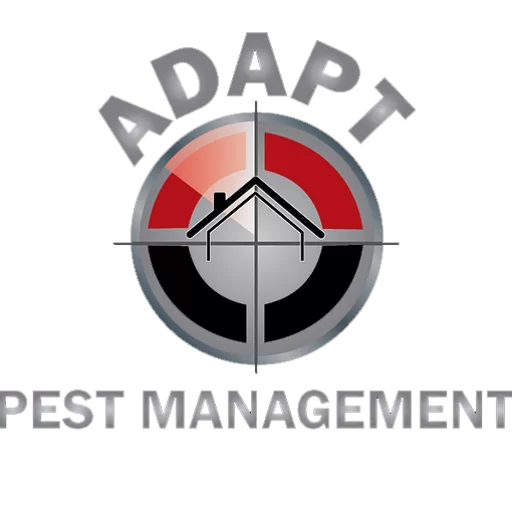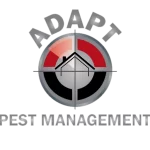In late 2021, we had an extremely rainy month – one that almost broke records. But then it was dry, and in the end, it was another typical drought year.
This year’s rain was something different. Not only was there another very rainy month – the rain came so quickly, and so hard, that many places flooded. It was also colder and wetter afterward, so there are some areas that still have remants of the flood waters despite it being several weeks since they occurred.
Flooding causes a lot of problems. But what does it mean for pests?
Pests that Thrive After Floods
If there is one bit of good news, it is that most of the flooding occurred before the pests started to spread and breed. Flooding in April or May would be a disaster, as mosquitoes and other pests would swarm towards the floods and breed quickly. That said, there are some pests you are now more likely to see both now and in the future as a result of these floods.
- Flies – Flooding causes water damage. Water damage causes rot. Rot causes flies. This will be especially true if your crawl space or any enclosed area flooded.
- Rats – Rats and mice often live underground, which means that the water may have forced them out of their homes. If they were seeking shelter above water, that might cause them to end up in your property.
- Cockroaches – Cockroaches love the rot and smells that are associated with flooding, and also can start to begin to spread during February. If you already had cockroaches hiding in your property, that can cause serious problems.
If moisture has also gotten into the wood of the property, your home may also attract other pests like earwigs and even termites. The good news is that there is still time for the flood waters to dry before the risk increases. But one thing we do know is that, if the rain continues, the reduction in the drought means an increased risk of other pest problems. Pay attention, and don’t forget to ask about pest control.

